Why I Usually Don’t Recommend No-Exam Term Life Insurance: Convenience Isn’t Usually Worth the Cost
12-03-2024
December 3, 2024
In today’s fast-paced world, it’s tempting to prioritize convenience over just about everything else. Modern life insurance companies like Ethos, Ladder, Sproutt, Haven Life, Bestow, and Fabric promise quick, hassle-free coverage with minimal effort—no medical exams, no lengthy questionnaires, and approval within minutes. Sounds great, right?
Not so fast. While these companies have carved out a niche with their “no hoops to jump through” approach, there’s one major downside: you pay for that convenience —and you pay a lot. For most people, the extra cost isn’t worth it, especially if you’re locking in a 30-year term.
Convenience Comes at a Price
The allure of skipping the medical exam is strong. You can apply online, answer a few questions, and get coverage without ever leaving your house. But what many people don’t realize is that these policies come with significantly higher premiums .
Here’s why:
When an insurer doesn’t collect detailed health information, they’re taking on more risk
. To offset this, they charge higher rates. So, while a traditional life insurance policy might require a little more effort upfront, the savings over a 20- or 30-year term can be substantial.
For example:
- A healthy 40-year-old man might pay $40 per month for a $500,000 30-year term policy with traditional underwriting.
- With a no-exam policy, that same coverage might cost $60–$80 per month.
Over 30 years, that’s thousands of dollars more in premiums!
Why I Don’t Offer These Policies
When I work with clients, I focus on helping them make smart, long-term financial decisions. Life insurance is often a cornerstone of that plan. For most people, spending an hour or two on a medical exam and answering a few extra questions is well worth the saving thousands of dollars.
Here’s why:
- Life Insurance Is a Long-Term Commitment: If you’re buying a 30-year term policy, you’re committing to those premiums for three decades. Why pay more every month for convenience that only benefits you for a few minutes during the application process?
- Traditional Policies Offer Better Value: By opting for traditional underwriting, my clients can often save 20%–50% on premiums. Over the life of a policy, that’s money that can stay in their pocket—or be used for other financial goals like investing, saving for retirement, or paying down debt.
- Most People Can Handle the Process: My clients tend to be people who value financial discipline and are willing to put in a little effort to get the best deal. A quick medical exam and a few extra questions are a small price to pay for decades of savings.
When Convenience Might Be Worth It
I’ll admit, there are situations where no-exam policies make sense:
- If You Have Health Concerns: If you’re worried that a medical exam could uncover issues that might lead to higher premiums or denial, a no-exam policy might be a good option.
- If You Need Coverage Fast: For example, if you’re about to close on a loan or need immediate protection for your family before a big trip, these policies can offer peace of mind in a pinch.
But for the majority of people—especially those in good health—these scenarios are the exception, not the rule.
In the end, a little effort now can lead to big savings later. And when it comes to protecting your family, those savings are worth it.
